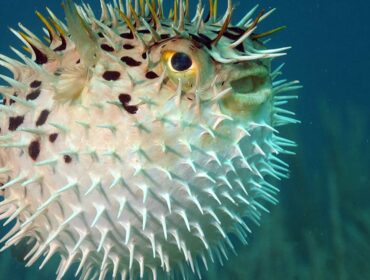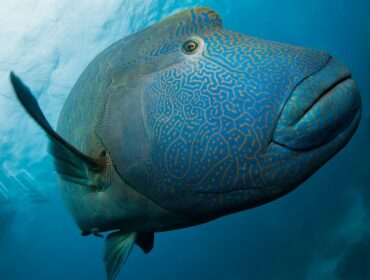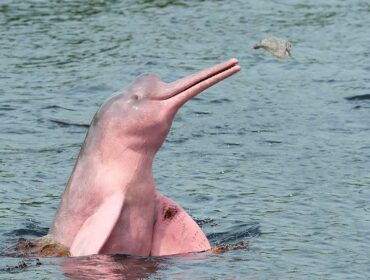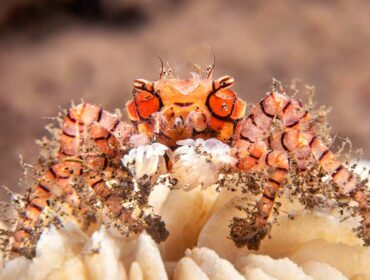There are many species of stony coral throughout the world’s oceans, ranging from deep, cold waters to shallow tropical waters. They are a very important part of oceanic ecosystems and the survival of underwater life. Soft corals are often diver favorites due to their interesting shapes and colors, but stony corals deserve recognition for building the very structures upon which intricate reef habitats are formed. Let’s take a look at five beautiful types of stony coral.
Pillar Coral
Dendrogyra cylindrus, or pillar coral, grows upward from the ocean floor. Their common name comes from their pillar-like appearance, growing as much as 8 feet high. Pillar corals tend to grow in colonies that form valleys between the individual pillars, but do not have any secondary branches.
Brain Coral
The species of coral in the Faviidae family, Diploria labyrinthformis, are collectively called brain coral due to their resemblance to a brain. Brain corals inhabit shallow, warmer waters, in which they grow together in colonies that can reach heights of six feet and beyond. Incredibly, the life span of this type of stony coral averages about 900 years. Their spherical shape and hardiness makes them much better equipped against storm damage than some of the other stony coral on this list.
Staghorn Coral
Acropora cervicornis is called the staghorn coral for its obvious similarity to the horns of a mature male deer. This species is the fastest growing of all known western Atlantic fringe corals, and is crucial in the Caribbean for fish habitat and overall reef growth. While the ability for broken pieces to reattach themselves to the substrate and form new colonies help staghorn coral retain its status as a vital reef building species, its outstretched limbs make it incredibly vulnerable to destruction caused by storms and human activity.
Table Coral
In the same family as staghorn coral is the Acropora pulchra, more commonly known as table coral. This species grows in massive flat plates to maximize its sun exposure, but in doing so, it all but ensures that few corals can grow beneath it. Although its surface seems smooth and flat from afar, upon closer inspection it becomes clear that the stubby branches of table coral are actually pointed up toward the surface, from which the polyps emerge at night to feed.
Cauliflower Coral
If you’re sensing a theme to our list of stony corals, you’ll immediately understand why Pocillopora meandria is called cauliflower coral. Unlike the drab green or brown hues displayed by other species of its stony brethren, cauliflower coral can often be found in hues of pink and purple in the shallow waters of the Indian and Pacific Oceans. This species is hermaphroditic, nurturing larvae inside the body of the polyp and expelling them when they are mature, where they will swim freely as zooplankton until they finally settle and begin hardening to form a brand new colony.





